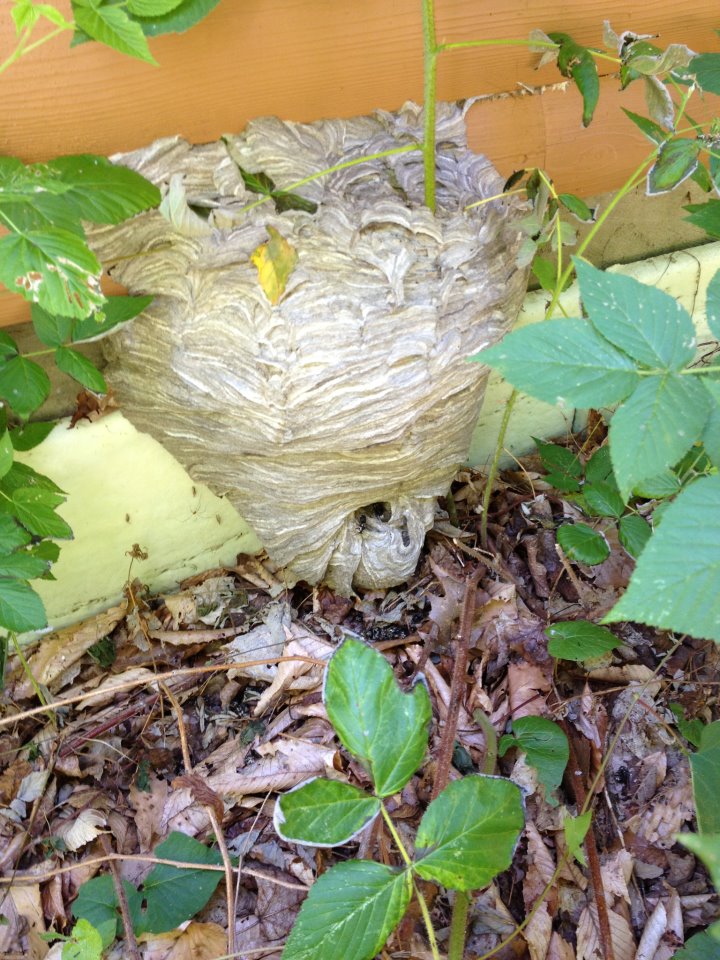The yellowjacket, or yellow jacket, refers to several species of North American predatory wasps. These wasps are aptly named based on their appearance black with yellow legs, and a yellow “jacket” on their thorax. Commonly mistaken as bees, yellowjackets are extremely aggressive and should be left alone and dealt with by a professional at all times.
Threats of Yellowjackets
Yellowjackets pose as a threat for an array of individuals. They cause trouble for lawn maintenance professionals because they can disturb a nest by weed whipping or mowing. Roofers also have a tough time with them when they have decided to nest in the attic, and homeowners may notice them nesting under siding or windows. Yellowjackets also pose a threat for both pets and unsuspecting humans, whether indoors or out; sometimes, they make their way inside the home and become aggressive trying to find their way out. All these situations can be extremely dangerous and even deadly.
These wasps cause fatalities every summer in Northern Michigan; even if you are not specifically allergic to these wasps, the venom from their sting can still be fatal—, especially if swarmed by multiple. Their stingers, unlike other stinging insects, are not barbed; thus allowing them the ability to sting repeatedly. Symptoms of an allergic reaction include swelling of the face, mouth, and/or throat with the eventual inability to breathe (anaphylaxis). Other equally serious symptoms may also manifest, such as vomiting, diarrhea, weakness, and loss of motor function.
The most common way to encounter these wasps is by stumbling upon a nest. These nests are easy to identify by their papery appearance, a substance made from chewed cellulose. The nests are near or on trees, bushes, and the eaves of houses. Some species of yellow jackets build their nests in the ground, making them easy targets for unsuspecting walkers. This event not only affects humans but animals as well.
Dogs and Yellowjackets
Dogs, curious by nature, tend to encounter these wasps most. Unsuspecting dogs are often stung on the face or in the mouth. This usually results in a yelp, followed by pawing at the muzzle or other affected areas. Other signs can range from mild to severe, depending on the location of the sting, the amount of stings, and whether the dog has an allergy to the venom. Typically, the dog will experience slight swelling and/or redness of the affected area. These side effects will subside within hours to a day.
In more serious instances, a potentially deadly reaction can occur from 10-30 minutes. These symptoms include the swelling of the eyes and face, which can lead to difficulty breathing. Other symptoms may also manifest, such as drooling, vomiting, diarrhea, weakness and collapsing.
Tips for keeping Yellowjackets away:
- Keep trash cans covered
- Make sure all doors and windows have screens
- Avoid wearing sweet-smelling perfume
- Caulk and seal small holes around the home
- Work with licensed pest control professionals to eradicate an existing issue
Make sure all of the outdoor areas near your home are free of garbage, including empty cans. Like many other flying insects, adult yellow jackets will feed on picnic fare, fruits, the nectar of flowers, and the occasional soda or beer when they find an open can. However, something that makes yellow jackets unique is their carnivorous diet. In the larval stage, yellow jackets will feast on meat from other insects, such as flies and bees, foraged by worker wasps. These wasps will search for food up to 1 mile from their nest!
While most homeowners consider yellow jackets a pest, their unique diet actually makes them an important part of garden pest control. Gardens are chock full of all the insects for yellow jacket larvae to feed on. However, this makes them a seasonal pest as food supplies dwindle throughout the year. Yellowjacket queens are the only survivors during the winter months, as they will live to create a new colony in the spring.
“I found a nest”
Common places for a nest are attached to bushes, trees, or the eaves of homes. Yellowjacket nests are built with a recognizable paper-like material made from chewed cellulose. If you believe to have come across a yellow jacket nest, stop! Contact a licensed pest control professional to properly move the nest as soon as possible. It is important to steer clear from these wasps at all costs because they are quick to attack, one may develop a hypersensitivity to their venom after being stung. This makes the threat of a future encounter even greater.
Yellowjackets and other beings are able to live harmoniously so long as the wasps get the respect they deserve. They do not seek out humans or animals to sting, and only do it as a means to protect themselves. Yellowjackets can be controlled and we work with them every day. If you are experiencing issues with yellow jackets near your home, do not hesitate to give us a call today!
Sources
“Animal Facts: Yellow Jacket.” NatureMapping Foundation, Washington NatureMapping Program, 01 June 2019, naturemappingfoundation.org/natmap/facts/yellow_jacket_712.html.
“Dog Stung by a Bee? Here’s What You Should Know.” Taste of the Wild, Taste of the Wild Pet Food, 23 May 2017, www.tasteofthewildpetfood.com/health/dog-bee-sting/.
“Everything You Need to Know About Yellowjackets.” www.PestWorld.org , PestWorld, 02 June 2019, www.pestworld.org/news-hub/pest-articles/everything-you-need-to-know-about-yellowjackets/.
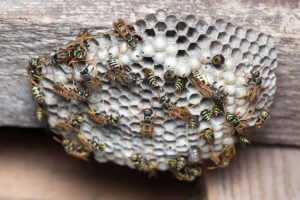
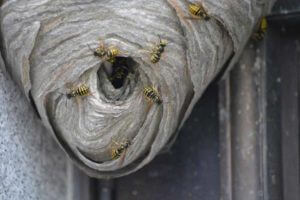
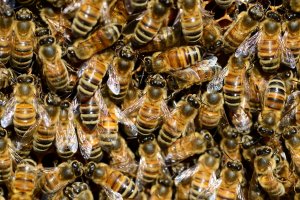
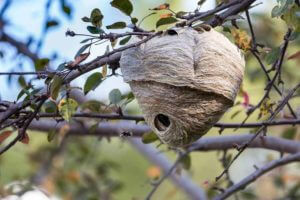
 Bees, wasps, yellow jackets and hornets are one of the most common pest control issues we deal with at Hogarth’s Pest Control. Stinging insects are often unwelcome summer guests, nesting on homes, in trees, under decks and even underground. Though all stinging insects have multiple similarities, each have individual qualities that differentiate them.
Bees, wasps, yellow jackets and hornets are one of the most common pest control issues we deal with at Hogarth’s Pest Control. Stinging insects are often unwelcome summer guests, nesting on homes, in trees, under decks and even underground. Though all stinging insects have multiple similarities, each have individual qualities that differentiate them.